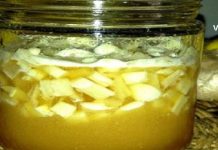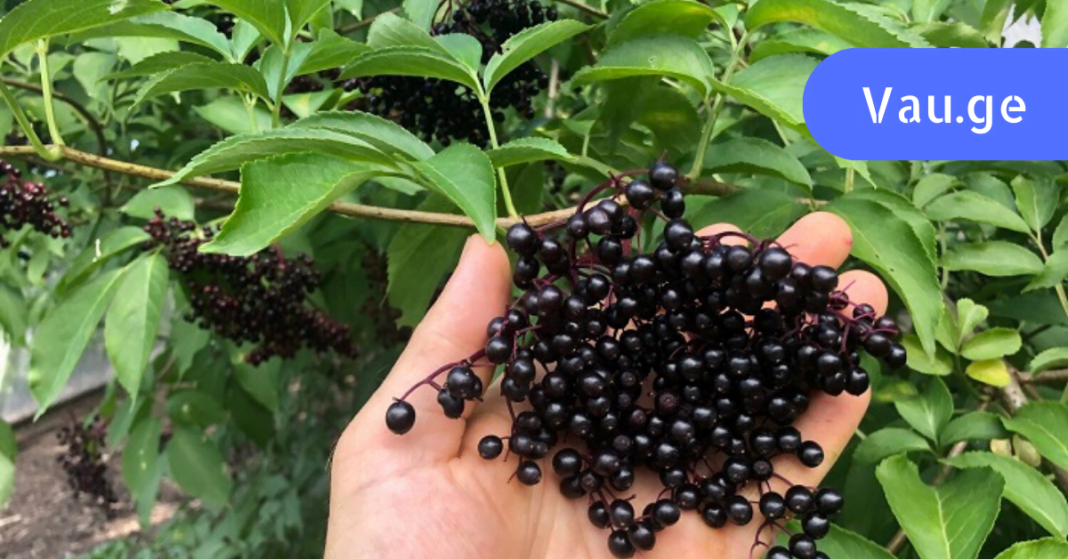Tooth pain is considered by many to be one of the most unbearable types of discomfort. Of course, the most logical solution is to visit a dentist immediately, but sometimes that’s not an option. Imagine being at your countryside house late at night when suddenly a tooth starts to ache, and the nearest clinic is in the next village. What can you do in such a situation?
This is when traditional folk remedies come to the rescue. They’ve been used for generations and, in many cases, provide effective relief until professional help is available.
Herbal Infusions for Relief
One tried and tested remedy is a strong infusion of bee balm (also known as wild bergamot or Monarda). It can act as a natural antiseptic and anti-inflammatory rinse. Similarly, you can prepare infusions from sage, raspberry leaves, or peppermint. These herbs can also be mixed together in equal proportions for added effectiveness.
To use the infusion properly, make sure it is as warm as possible, but not hot enough to cause burns. Prepare a fresh batch each time you use it, and rinse your mouth frequently throughout the day. This helps reduce inflammation, clear bacteria, and soothe the pain.
Natural Compresses and Applications
Another popular folk method involves placing a plantain leaf (broadleaf plantain) directly on the sore gum. Many people report that the pain disappears within 30 minutes. When dealing with swollen or inflamed gums that are beginning to form pus, you can apply roasted onion directly on the painful tooth. Onion has antibacterial properties and can draw out infection while soothing pain.
Remedies for Gum Disease and Bleeding
A common issue for many is periodontal disease, often identified by gum bleeding. To strengthen your gums, garlic is an excellent natural remedy. However, for it to be effective, you must consume it regularly and in good amounts.
Raw potatoes are another helpful ally. Eating them uncooked may sound strange, but their vitamins and anti-inflammatory properties can help strengthen the gums and reduce discomfort.
Sour Cabbage and Fruits for Oral Health
When your gums are swollen or hurting, chewing raw sour cabbage (sauerkraut) can provide surprising relief. Chew it as long as possible. Not only does it benefit your gums, but it’s also excellent for digestion and overall gut health.
If you want to maintain strong and healthy teeth, include more grapes and apples in your diet. These fruits not only help clean your teeth naturally as you chew, but also stimulate the gums, improving circulation and reducing inflammation.
The Power of Honey and Beeswax
Perhaps the most powerful remedy among all is honey, especially when used in its raw, unprocessed form—directly from the honeycomb. Honeycomb honey has significantly stronger healing properties than filtered honey. It’s incredibly beneficial in treating oral infections, including stomatitis and even sinus infections.
Here’s how to use it effectively:
- Cut a small piece of honeycomb using a knife.
- Chew it gently for 10–15 minutes.
- After about 2–3 hours, chew another small piece.
- Do not swallow the wax; collect it and discard it.
- Repeat this procedure 3–4 times daily.
People who follow this routine report that acute inflammation in the mouth can subside in just 2–3 days.
Herbal Recipes for Mouth Rinse and Pain Relief
Here are a few specific herbal recipes you can prepare at home for rinsing and pain management:
- Take 1–2 tablespoons of red clover blossoms, pour 1 cup of boiling water over them, and let it steep for one hour. Use the warm infusion as a mouth rinse several times a day.
- You can also use red clover tincture in alcohol: soak a piece of cotton in the tincture and apply it directly to the aching tooth. Most people experience quick relief.
- Another useful rinse involves young walnut leaves or husks. Take 1–2 tablespoons, pour boiling water over them, and let the mixture steep for 1–2 hours. Rinse your mouth with this infusion multiple times per day.
Alcohol-Based Relief Tincture
You can also prepare a mild alcohol-based pain reliever at home:
- Take 100 ml of 40% alcohol (such as vodka).
- Add 25 ml of wild caraway infusion (which you can make by pouring one cup of boiling water over 1–2 tablespoons of dried herb).
- Let it cool, and soak a piece of gauze or cotton in the mixture.
- Apply it directly to the painful tooth.
This method has been known to calm the pain quite effectively.
Final Thoughts
While these home remedies can provide temporary relief, it’s important to remember they are not a replacement for professional dental care. If the pain persists or worsens, visiting a dentist is essential. However, in emergency situations or while waiting for an appointment, these natural methods can be incredibly helpful in managing discomfort and supporting oral health.


















